ARCSA CONFERENCE | November 9-10, 2015
ARCSA/IA EXPO | November 11-12, 2015
Accredited Professional Workshop | November 12-13, 2015
The American Rainwater Catchment Systems Association (ARCSA) continues to encourage the protection of our planet and our nation’s resources.
ARCSA will be co-hosting this year’s conference with the Irrigation Association. Exhibits, education seminars, and guest speakers will be on hand to answer your questions on rainwater collection practices.
The demand for drinking water will double in the next 40 years. To meet this demand, we need to conserve today. Rainwater collection is one alternative to conserve our water supplies. 50 – 70% of household water is used for non-potable demand. Irrigation, wash down, laundry and toilets can all use filtered rainwater rather than becoming runoff. Potable use can be achieved with proper filtration and disinfection.
Theodore Roosevelt said it best: “The nation behaves well if it treats the natural resources as assets which it must turn over to the next generation increased, and not impaired, in value”
Please join us this year for the national conference and the advancement of water conservation. For more information, and to register, please click here.

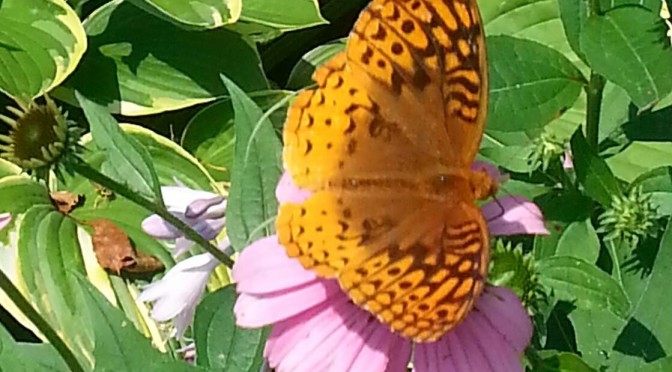
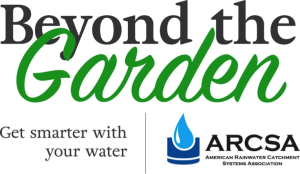
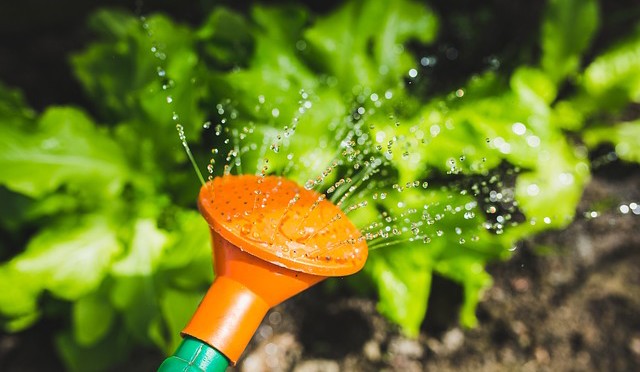
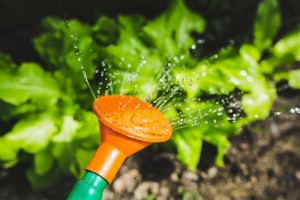 As reported in the
As reported in the 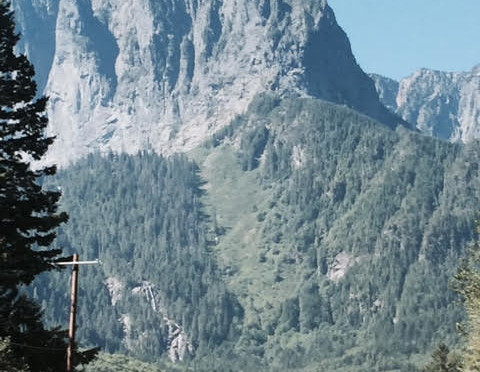
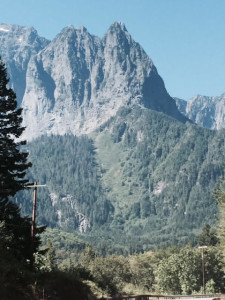 You don’t get much more rural in King County than Baring, WA. With no community water available, being concerned with the impact of drilling a well, and the desire to have a clean, safe reliable source of water, RainBank’s customer chose rainwater collection for their sole source of water for their remodel.
You don’t get much more rural in King County than Baring, WA. With no community water available, being concerned with the impact of drilling a well, and the desire to have a clean, safe reliable source of water, RainBank’s customer chose rainwater collection for their sole source of water for their remodel.